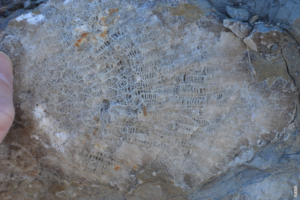Unveiling the Wonders of Gypsum
Gypsum, a captivating mineral that has intrigued scientists and artists alike, holds many secrets within its crystalline structure. Found in various parts of the world, this mineral has a fascinating history and numerous applications that have shaped our modern society.
Formation and Properties
Gypsum, scientifically known as calcium sulfate dihydrate, is formed through a slow process that takes place over millions of years. It originates from the evaporation of ancient seabeds, where marine organisms left behind their skeletal remains.
The unique beauty of gypsum lies in its crystal structure, which forms intricate patterns and breathtaking formations. Its color ranges from translucent white to shades of pink, yellow, and gray, adding to its allure.
Historical Significance
Throughout history, gypsum has played a significant role in various civilizations. Ancient Egyptians used gypsum in their elaborate wall decorations and sculptures, showcasing its versatility and aesthetic appeal. The Romans also recognized its value, incorporating it into their architectural masterpieces.
Moreover, gypsum has been utilized for centuries in traditional medicine practices. Its healing properties were believed to alleviate ailments and promote overall well-being.
Modern Applications
In the 21st century, gypsum continues to be a vital resource with diverse applications. In the construction industry, it is widely used as a building material, particularly in the production of drywall. The exceptional fire-resistant and soundproof qualities of gypsum make it an ideal choice for modern buildings.
Additionally, gypsum is utilized in agriculture to improve soil quality and promote plant growth. Its ability to retain water and regulate moisture levels benefits crops and ensures sustainable farming practices.
Beyond its practical uses, gypsum has also found its way into the world of art. Artists appreciate its unique properties, using it for sculpting, casting, and creating intricate designs.
Environmental Impact
While gypsum offers numerous benefits, its extraction and processing can have environmental implications. Mining gypsum can disrupt ecosystems and lead to habitat degradation. However, responsible mining practices and recycling initiatives are being implemented to minimize these effects and ensure a sustainable future.
In conclusion, gypsum stands as a testament to the wonders of the natural world. Its formation, historical significance, modern applications, and environmental impact make it a truly remarkable mineral. Whether adorning the walls of ancient tombs or enhancing the structural integrity of modern buildings, gypsum continues to captivate us with its beauty and versatility.
Post



